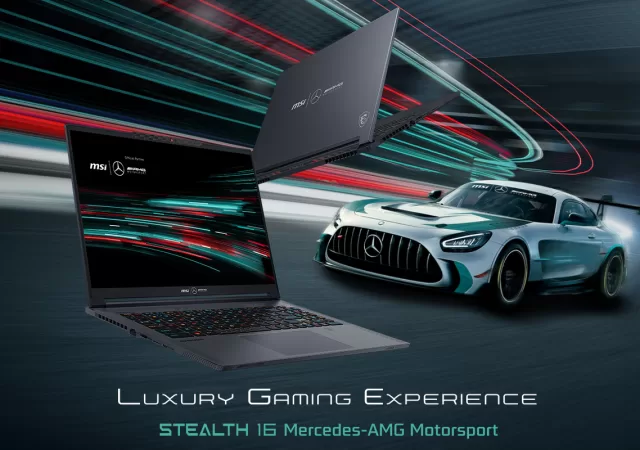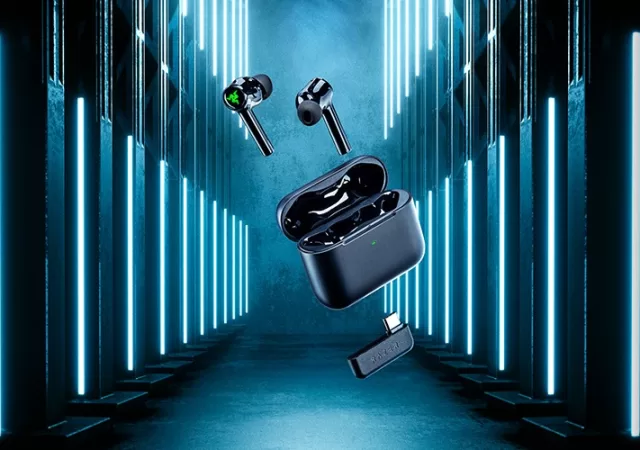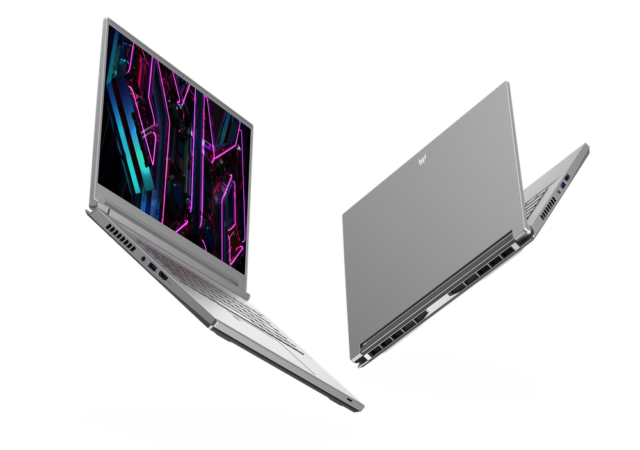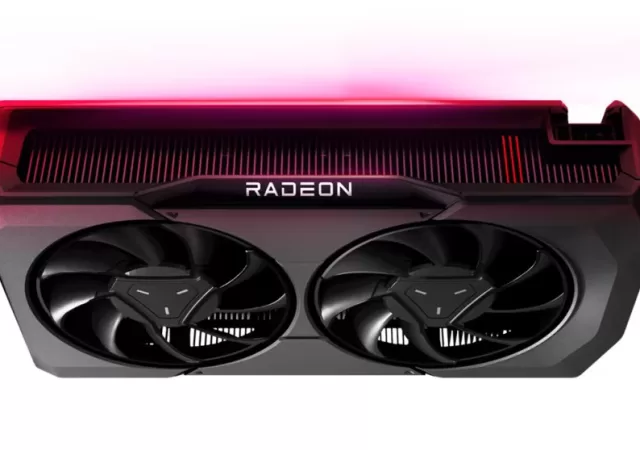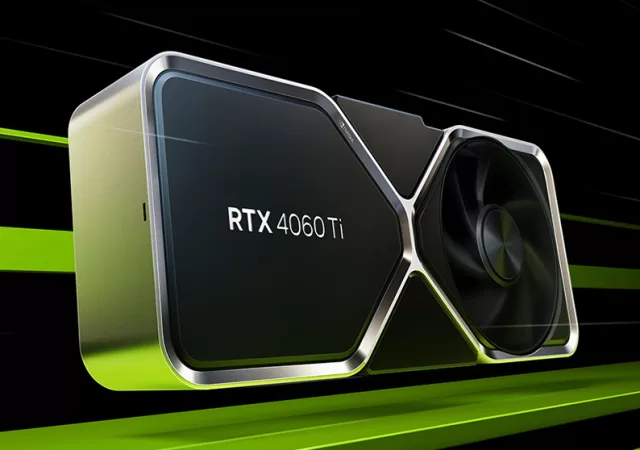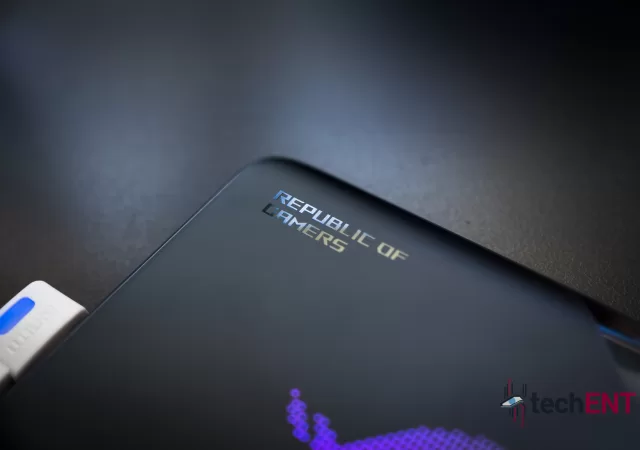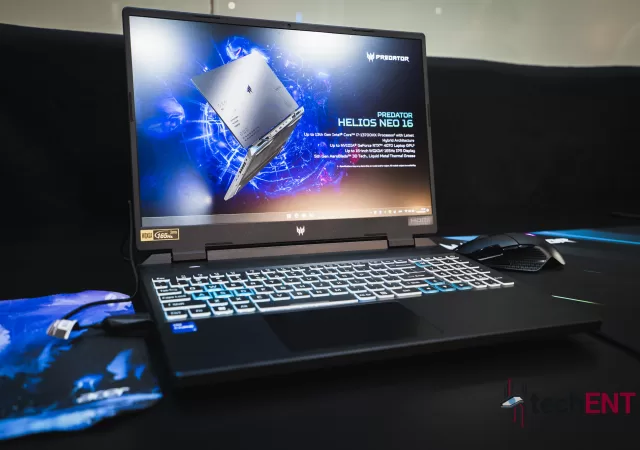Microsoft launches the Xbox Series S in Carbon Black and 1TB SSD option now, available in September 2023 for US$ 349.99.
Just Say YES! Cloud Gaming Comes to Malaysia with NVIDIA GeForce NOW
Cloud Gaming is officially in Malaysia in an exclusive partnership between Yes 5G and NVIDIA which brings GeForce NOW to Malaysian Gamers.
[Computex 2023] MSI Stealth 16 Mercedes-AMG Motorsport – Still MSI, More AMG
MSI launches the Stealth 16 Mercedes-AMG Motorsport edition in collaboration with Mercedes-AMG at Computex 2023.
Razer Introduces the Hammerhead Pro HyperSpeed with THX Certification
Razer introduces the Hammerhead Pro HyperSpeed with THX certification and hyrbid noise cancelling for MYR 999.
[Computex 2023] Acer Expands the Predator Triton Line-Up with Predator Triton 16
Acer introduces the Predator Triton 16 in Computex 2023 to complete the Triton line-up with Intel’s 13th generation Core processors.
AMD’s Radeon RX 7600 is Here! 1080p Gamers, Rejoice!
AMD has released their new Full HD gaming champion, the Radeon RX 7600 with RDNA 3, improved upscaling, and ray tracing engines for US$ 269.
The NVIDIA GeForce RTX 4060 and RTX 4060 Ti is Finally Here – Better Late Than Never!
NVIDIA finally releases the GeForce RTX 4060 and RTX 4060 Ti GPU with DLSS 3.0 support and up to 16GB of GDDR6 memory for US$ 299 onward.
ASUS Launches the ROG Phone 7 in Malaysia Priced from MYR 3,599!
ASUS launches the ROG Phone 7 series in Malaysia packing a special Qualcomm Snapdragon 8 Gen 2 SoC for MYR 3,599 onward.
Pokémon TCG Live Is Finally Ready for Primetime
Pokémon TCG Live is finally making its official debut together with the official release of Pokémon Trading Card Game’s Paldea expansion.
Acer’s Predator Helios Neo 16 Lands in Malaysia with Prices Starting at MYR4,899
Acer’s Predator Helios Neo 16 makes its Malaysian debut with two variants available in stores starting now!





